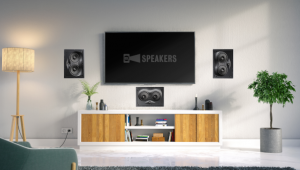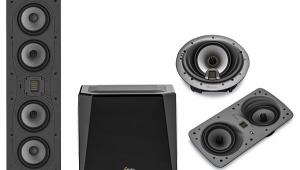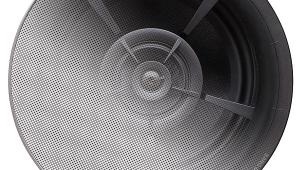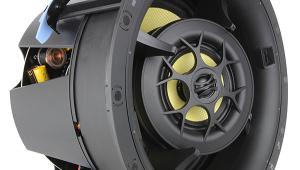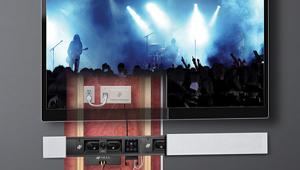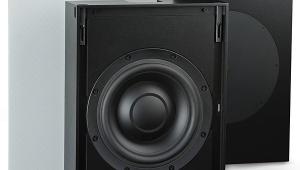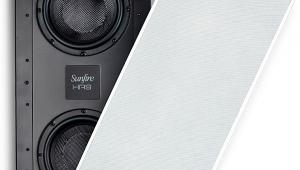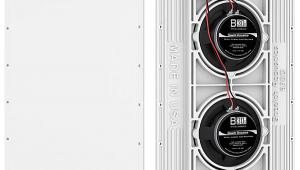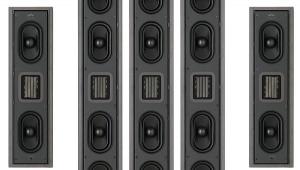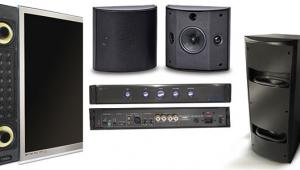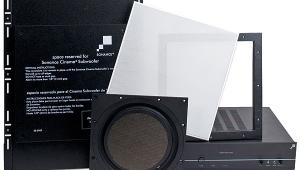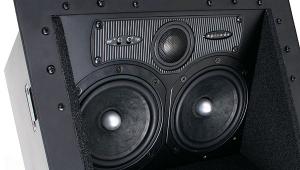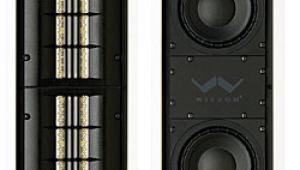Wow just nice and it is amazing thanks for sharing this http://vturesultsinfo.webs.com/
Origin Acoustics Director D108 In-Ceiling Speaker Review Page 2
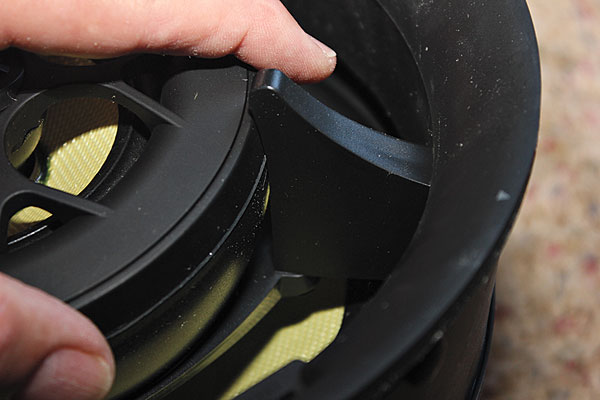
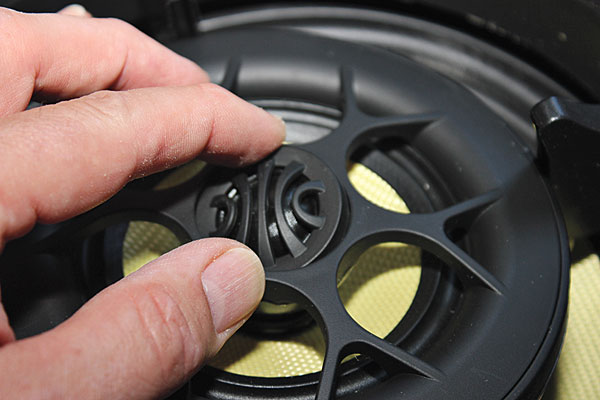

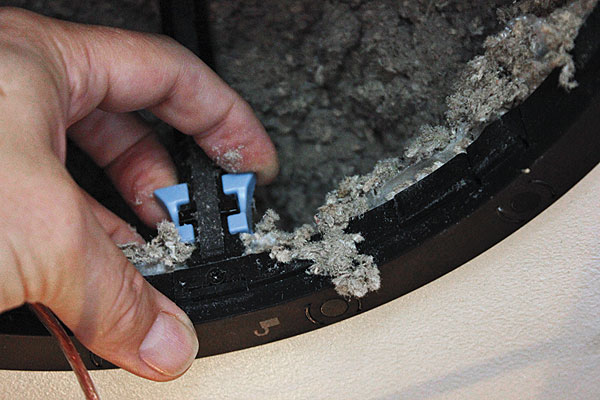
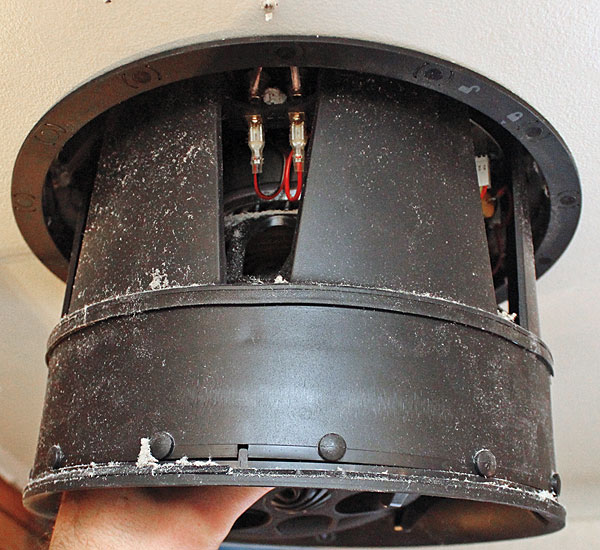
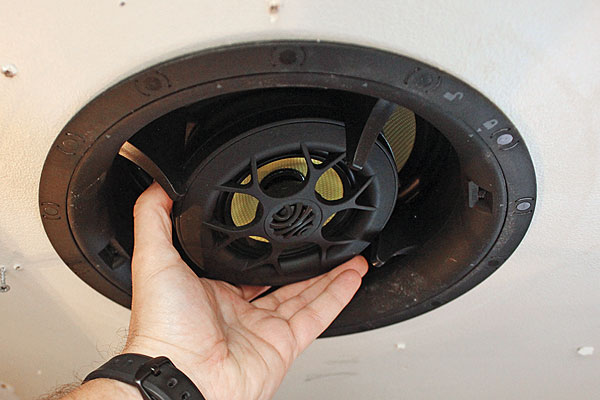
I’ve reviewed a lot of in-ceiling speakers over the years, and (thankfully) while most of them were decent speakers for the money (especially when used for surrounds), very few of them were in the “pretty damn amazing” category. Considering the Burkhardt-buildup prior to this review, I was hoping I’d be able to add the D108 to that list, but I can’t. After listening to configurations including anywhere from two to nine D108s—without a subwoofer in the system, as suggested by Burkhardt—I can only say that the D108 goes beyond pretty damn amazing and belongs in a higher, empyreal realm of in-ceiling speakers that are truly awe-inspiring.
Yes, awe-inspiring—but with the in-ceiling caveat of “You can’t change the laws of physics!” The D108s are in no way capable of tricking your ears into totally believing the sound is coming from directly in front of you, as if there was an ethereal pair of tower speakers in the room. I haven’t yet discovered any in-ceiling speaker that can convincingly and consistently do that. But the D108’s wide dispersion and pivoting tweeter/midrange assembly do help bring the image down from the ceiling. In my theater room, I have a flat-panel TV mounted on the wall and a 110-inch screen that drops down in front of it when I use my projector. In both situations, the dialogue seemed to come from the screen, and the front soundstage was quite natural.
Tilt-a-World
When I listened to two-channel music with the screen turned off, the impression was a little different. Instruments, vocals, studio effects— indeed, all ingredients—were elevated, as if the performers were on an elevated stage and I was down below in the front row. Even considering how slow my brain is nowadays, it didn’t take long for me to become accustomed to that quirk in the playback and not pay much attention to it. That’s when the magic happened.
Once I accepted the inevitable—that is, the elevated soundstage—I gradually became aware of how subtle the D108s are. The imaging (raised as it was) came over spectacularly, and the soundstage was impressively wide and deep. The tone of Sonny Rollins’ tenor horn on “Blue 7” (Saxophone Colossus) was so smooth and rich that I wanted to make love to it right then and there. (Fortunately, the D108s have strong grilles.) I’m truly at a loss for words to describe the pure emotion that came from the speakers while I listened to David Fray and Jacques Rouvier playing Fantasia in F Minor for Piano Four Hands, D. 940 (Schubert: Fantaisie). In addition to allowing the delightful nuances of the piano’s upper strings to come through, the D108s were astonishing in how cleanly and openly they reproduced the gradual decaying resonances within the piano. On Emmylou Harris’s “Boy from Tupelo” (Red Dirt Girl), the precise placement of vocals and instrumentation within an extremely wide soundstage was absolutely amazing.
A Bass-less Suggestion
Of course, the origin of this review was a conversation with Burkhardt about an all-in-ceiling Atmos system. While we were talking, he boasted that the bass performance from the D108s is so good—Origin specs them down to 25 hertz—that I should give the system a try without using a subwoofer (although he did send along a Bassic Sub10 in-room sub, “just in case”). So I took the man at his word and did nearly all of my listening tests sans sub, for both the music described above and the movies discussed below. And when you think about it, if someone wants or needs all of his/her speakers in the ceiling, then adding a black box on the floor (or even a sub in a wall) isn’t always going to be a friendly solution.
Was the D108 system able to perform acceptably with a goose egg in the subwoofer slot (5.0.4), as claimed? To my surprise, it performed way more than acceptably. Having nine 10-inch woofers arrayed in the ceiling provided extremely smooth bass response throughout the room. It wasn’t the kind of lung-collapsing bass I’d experienced in a previous review with four Triad in-wall active subwoofers, but the D108s never left me craving for more. This was the case, for example, in Teenage Mutant Ninja Turtles, when Shredder first enters Splinter’s underground lair. The bass was solid and clean without any sense that the speakers were straining to keep up. The same held true during the many explosions in Jupiter Ascending. Perhaps the most amazing demo was the way the D108s filled the room with tight, taught bass during the bass-heavy dance scenes in Step Up: All In.
Thanks to the big woofer in each of them, I ran all of the D108s full-range (large). This meant the center channel was an exact match for the left and right speakers, and it was full, rich, and, well, confident with dialogue reproduction. Too often, I’ve found systems having center channels that are smaller than the left and right speakers to sound slightly out of their depth (literally). Because of its clarity and broad frequency response, the D108 makes for an excellent center speaker.
Atmos or Bust
So, yeah, what about the all-in-ceiling Atmos thing? Does it work? Is it worth doing?
Here’s what I found. In short, this configuration’s Atmos performance wasn’t as good as what I experienced with the Triad in-room/in-ceiling system or the Triad Atmos-enabled setup I tested for our September issue (also at soundandvision.com) in one key way: Although the height-related effects were there, they didn’t reach down as low in space as with in-room-speaker-based systems. For example, in the Splinter versus Shredder scene in Teenage Mutant Ninja Turtles, the knives that Shredder throws at Splinter (which then return to Shredder’s armored suit) should fly right past your ears. With the D108s, the knives did fly through the middle of the room but above my ears rather than even with them.
On the other hand, in Step Up: All In, during chapter 6’s electrically charged dance scene, one of the dancers kicks a couple of beakers toward the screen, shattering them in midair. With that special effect, I did get the sensation that the shards were flying past me in almost the same manner as with other Atmos arrangements. In the same film, one of the lightning bolts should have zipped past my ear to the left, but sizzled just above my ear. The same can be said about the effects that occur during the final battle/destruction scene in Jupiter Ascending. Whereas parts and pieces from exploded structures and glass walls should have exited the room at ear level, the D108s weren’t able to drop their apparent positions down that low.
I do want to emphasize this point, though: An all-in-ceiling Atmos configuration—at least this D108 system—still has more height and engagement than a five- or sevenchannel non-Atmos system. I can’t recommend it as a first choice because in-room/in-ceiling combos or Atmos-enabled speaker systems are still going to perform better in the extension of the height dimension. But if you want or have to use inceiling speakers, it’s definitely worth going with an all-out, all-in-ceiling Atmos arrangement.
Conclusion
There’s no point in trying to come up with some clever, cute, flowery conclusion to this review. The simple takeaway is this: In overall performance, the Origin Acoustics D108s are the best in-ceiling speakers I have ever heard. Although you could get a more realistic horizontal placement of the soundstage with a pair of in-room speakers up front, you’d have to
buy a truly excellent pair of tower speakers to match the D108’s subtlety of mid- and high-frequency performance as well as its strong bass output. Generally, in-ceiling speakers aren’t my first choice for speakers in a room. But when in-room speakers aren’t an option, and you need anything from a single pair of in-ceiling speakers to an “are you crazy?” full-on Atmos system, the D108s are without reservation my top recommendation.
- Log in or register to post comments

